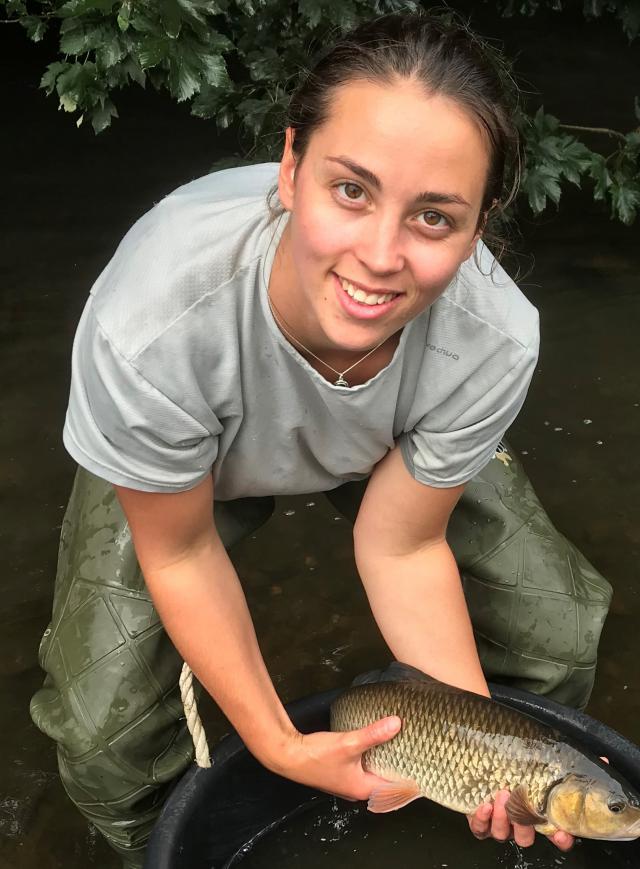Latest News
Its insect week!
Riparian zones bridge the gap between land and river, creating an important habitat for insects while also providing shade and protection against erosion. We do a lot of habitat work mainly to help aquatic species like fish, but we are keen to monitor and understand the wider biodiversity benefits.
Alyx's third intern blog
Alyx has written her third blog covering her internship at GFT

